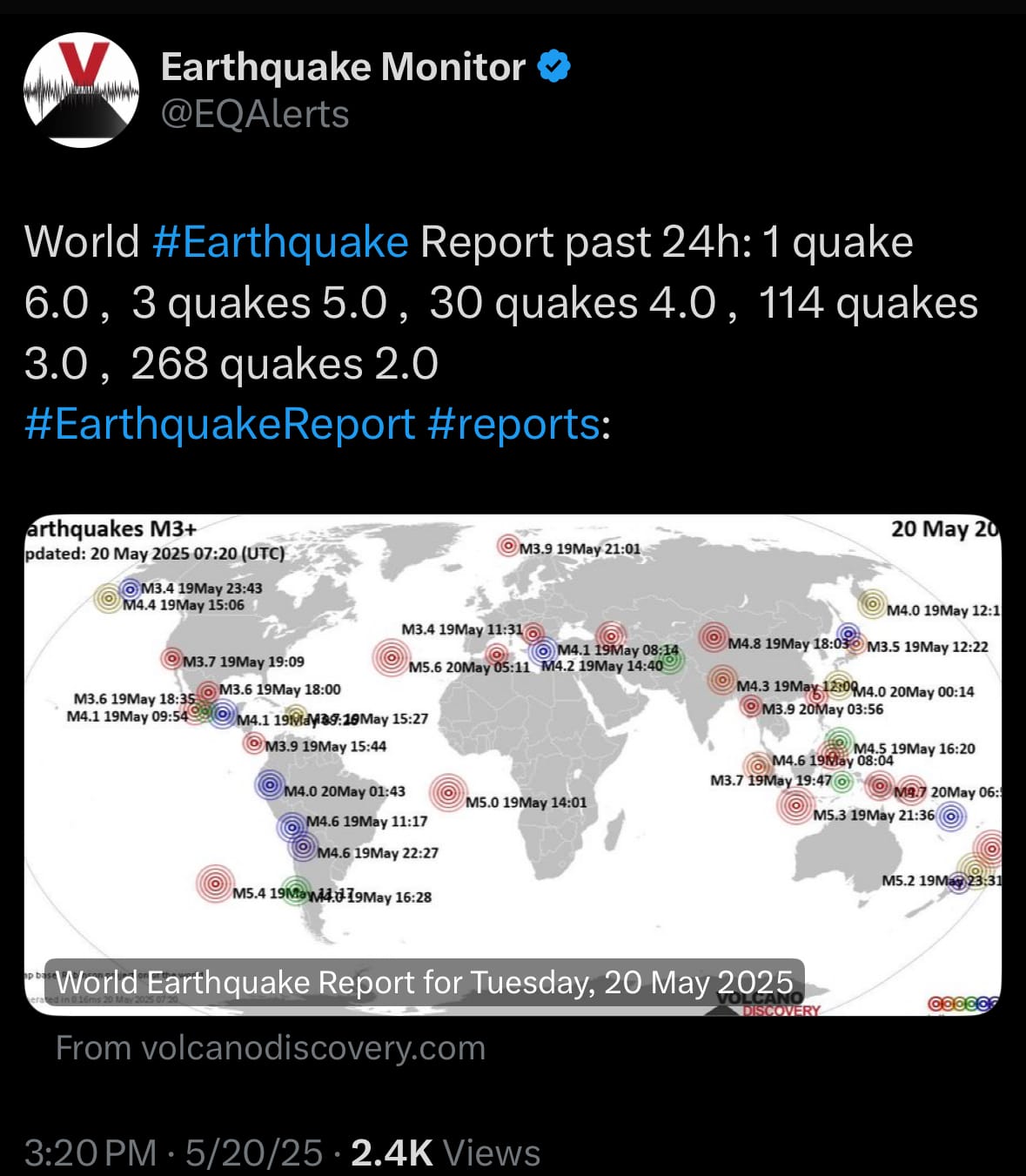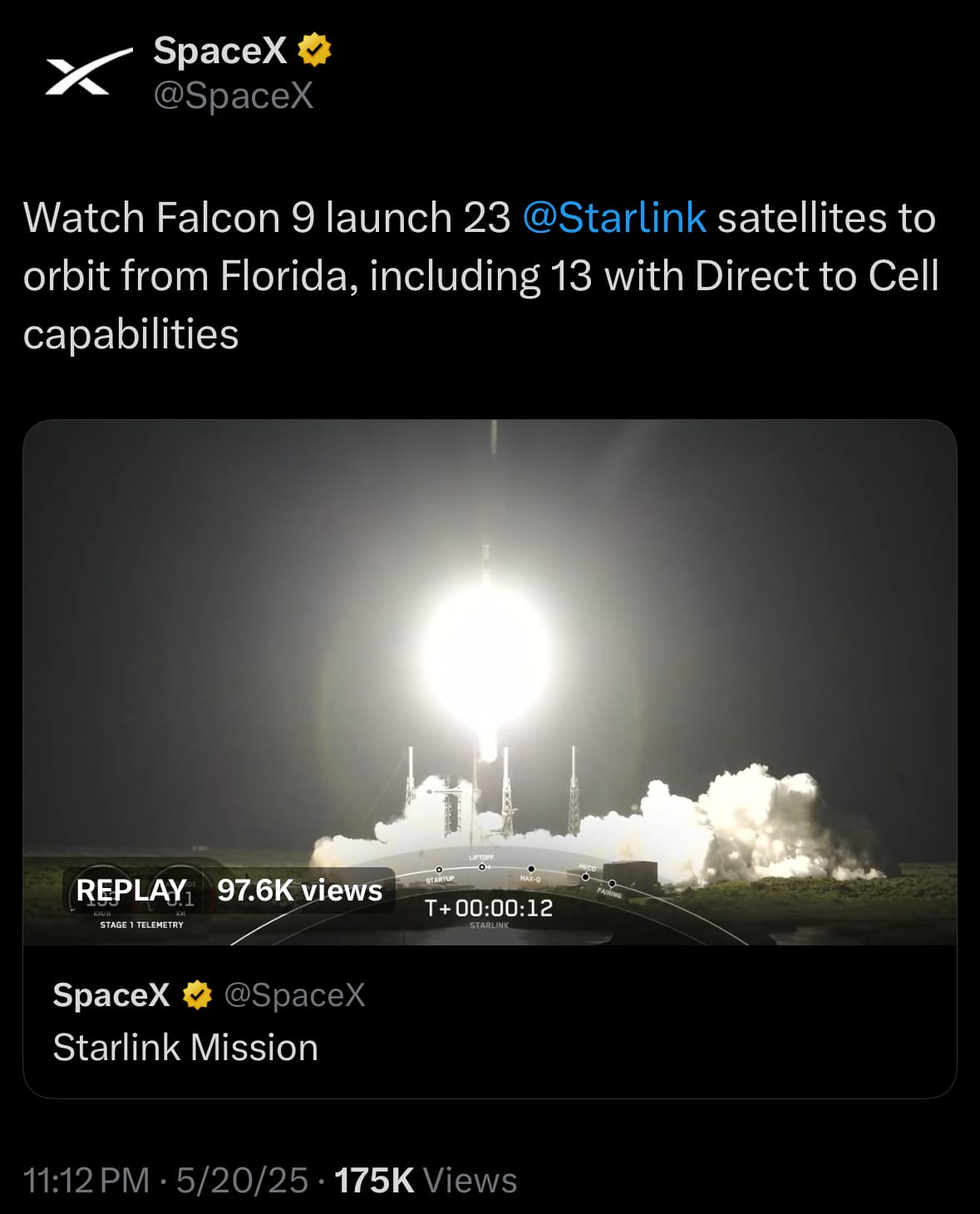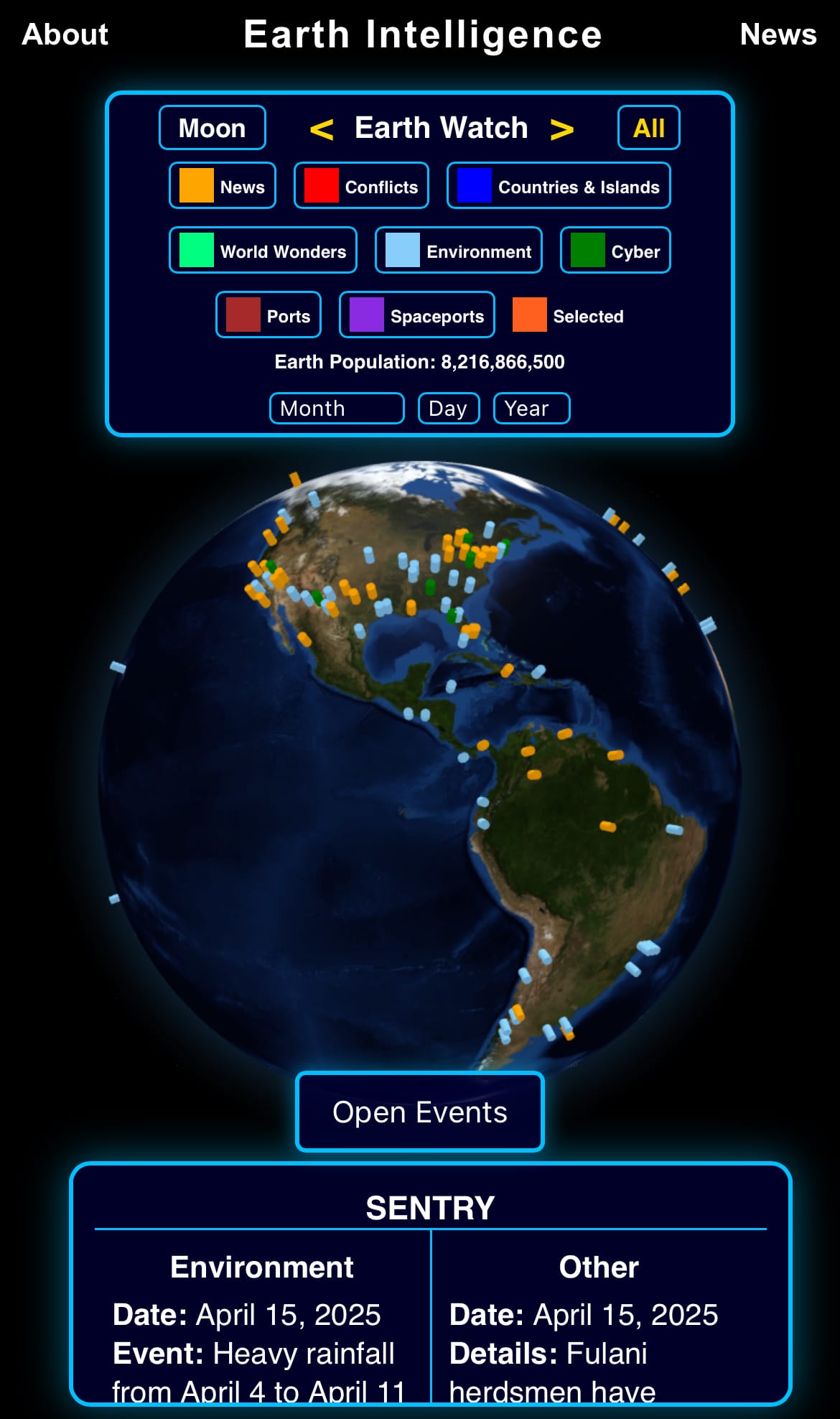Wednesday☕️

Trending:
- Yesterday, May 20, 2025, the U.S. Senate unanimously passed the No Tax on Tips Act, a bill designed to exempt cash tips from federal income tax for service industry workers. The legislation allows a tax deduction of up to $25,000 on tips for employees earning $160,000 or less in 2025, with the income threshold adjusting for inflation in future years. It also expands a tax credit for businesses covering payroll taxes on tips to include beauty service providers, potentially supporting small businesses in hospitality sectors. The bill, which gained bipartisan support, aims to increase take-home pay for workers like servers, bartenders, and hairdressers, particularly in states with large service economies.
- The No Tax on Tips Act is part of a broader tax package that includes extensions of 2017 tax cuts and other relief proposals. The bill awaits House approval, where some lawmakers seek spending cuts to offset costs. If passed, it could significantly impact service workers’ earnings, though its long-term fiscal effects are still under discussion.
Economics & Markets:
- Yesterday’s U.S. stock market:

- Today’s commodity market:

- Today’s crypto market:

Geopolitics & Military Activity:

Environment & Weather:
- Yesterday, May 20, 2025, a strong downpour triggered significant flooding in El Corozo, located in Barinas State, Venezuela. The heavy rainfall overwhelmed local drainage systems, turning streets into rivers of muddy water, as seen in footage showing floodwaters rushing through the area. This event disrupted daily life, making travel difficult and likely causing damage to homes and infrastructure in this rural region.

- This flooding adds to the broader pattern of extreme weather events in 2025. Earlier this year, Venezuela experienced heavy rains during its rainy season, which typically peaks between May and November, often leading to flooding in low-lying areas like Barinas. The lack of detailed updates on casualties or specific damages in El Corozo suggests the situation is still developing, but it underscores the ongoing challenges faced by communities in Venezuela due to seasonal rains and limited infrastructure to manage such events.
- Yesterday, May 20, 2025, severe flooding impacted Finalborgo, a district in Finale Ligure, Italy, due to the overflow of the Pora River. Heavy rainfall caused the river to breach its banks, flooding streets and surrounding areas, as captured in footage showing muddy waters rushing through the town. This event disrupted local infrastructure, with roads inundated and debris scattered, posing challenges for residents and emergency services in this coastal region of Liguria.

- This flooding adds to Italy’s ongoing weather-related challenges this year. Earlier, from March to early May, regions like Emilia-Romagna, Tuscany, and Piedmont faced severe floods and landslides, with over 1,000 evacuations in Emilia-Romagna alone. Additionally, on the same day as the Finalborgo flooding, the Romagna region, including Forlì, saw significant rainfall—74 mm at the airport—causing further disruptions. These recurring events highlight the increasing frequency of extreme weather in northern and central Italy, straining local communities and resources.

Space:
- Yesterday, May 20, 2025, at 7:50 AM EDT, the ChinaSat 3B mission launched from the Wenchang Space Launch Site in China using a Long March 7A rocket, operated by CASC. The ChinaSat 3B is a communications satellite placed in geostationary orbit to provide voice, data, radio, and television services across China and the Asia-Pacific region. It aims to improve connectivity, especially in remote areas, supporting both civilian and government communication needs.
- Later that day, at 11:19 PM EDT, SpaceX launched the Starlink Group 12-15 mission from Cape Canaveral Space Force Station in Florida using a Falcon 9 Block 5 rocket. This mission deployed 23 Starlink v2-mini satellites into low Earth orbit as part of SpaceX’s second-generation high-speed internet constellation. The batch included 13 satellites with Direct to Cell capabilities, enabling direct internet access to mobile phones without cell towers, and 10 standard v2-mini satellites for broadband internet delivery. These satellites use laser links to connect with each other, helping provide high-speed internet access worldwide.

- Today, May 21, 2025, at 12:05 AM EDT, CAS Space launched the Kinetica 1 mission from the Jiuquan Satellite Launch Center in China, carrying six satellites into Sun-synchronous orbit. The payload included Taijing-3-04 and Taijing-4-02A, commercial Earth observation satellites likely designed for high-resolution imaging to monitor environmental changes, urban development, or agriculture. The other satellites—Xingrui-11, Xiguang-1 02, Xingjiyuan-1, and Cube-108 001—are small satellites typically used for remote sensing, technology testing, or commercial applications like IoT connectivity. This mission highlights the growth of China’s commercial space sector in supporting diverse space-based activities.
Statistic:
- Largest public automakers by market capitalization:
- 🇺🇸 Tesla: $1.107T
- 🇯🇵 Toyota: $242.87B
- 🇨🇳 Xiaomi: $181.57B
- 🇨🇳 BYD: $171.36B
- 🇮🇹 Ferrari: $88.92B
- 🇩🇪 Mercedes-Benz: $58.54B
- 🇩🇪 Volkswagen: $56.96B
- 🇩🇪 BMW: $56.76B
- 🇩🇪 Porsche: $49.08B
- 🇺🇸 General Motors: $48.27B
- 🇮🇳 Maruti Suzuki India: $46.94B
- 🇮🇳 Mahindra & Mahindra: $43.81B
- 🇺🇸 Ford: $42.62B
- 🇯🇵 Honda: $41.71B
- 🇰🇷 Hyundai: $33.82B
- 🇮🇳 Tata Motors: $31.35B
- 🇳🇱 Stellantis: $30.96B
- 🇨🇳 Seres Group: $30.33B
- 🇨🇳 Li Auto: $28.75B
- 🇨🇳 SAIC Motor: $27.25B
- 🇨🇳 Geely: $26.33B
- 🇰🇷 Kia: $26.18B
- 🇯🇵 Suzuki Motor: $24.14B
- 🇨🇳 Great Wall Motors: $23.97B
- 🇺🇸 Rivian: $19.39B
History:
- The history of advanced missile defense systems began in the mid-20th century as nations addressed the rising threat of ballistic missiles. The U.S. initiated the Nike-Zeus program in the 1950s to intercept intercontinental ballistic missiles (ICBMs) with nuclear-tipped interceptors, though it was limited by early radar and computing capabilities. In the 1980s, President Reagan’s Strategic Defense Initiative (SDI), known as "Star Wars," proposed a space-based defense network, advancing sensor, interceptor, and computing technologies that influenced systems like Aegis and THAAD. Concurrently, the Soviet Union deployed the A-135 system around Moscow in the 1970s, using nuclear warheads to counter incoming missiles. High costs, technical hurdles, and the 1972 Anti-Ballistic Missile Treaty, which restricted deployments until the U.S. withdrawal in 2002, shaped the development of these early systems.
- Today, missile defense systems have advanced significantly, exemplified by Israel’s Iron Dome and the U.S.’s proposed Golden Dome. Iron Dome, operational since 2011, was developed by Rafael Advanced Defense Systems and Israel Aerospace Industries with U.S. support to intercept short-range rockets and artillery shells. It proved highly effective, notably intercepting over 1,500 rockets during the 2012 Israel-Hamas conflict. The Golden Dome, announced by President Trump in 2025, builds on Iron Dome’s concept but aims to shield the entire U.S. from diverse threats, including ballistic, hypersonic, and cruise missiles. With an estimated cost of $175 billion and a projected operational timeline within three years, it integrates space-based interceptors, satellite networks, and advanced sensors under Space Force leadership, representing a bold step in national defense innovation.
Image of the day:

Thanks for reading!
Earth is complicated, we make it simple.
Click image to view the Earth Intelligence System:



Support/Suggestions Email:
earthintelligence@earthintel.news




